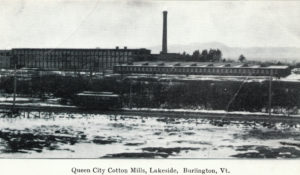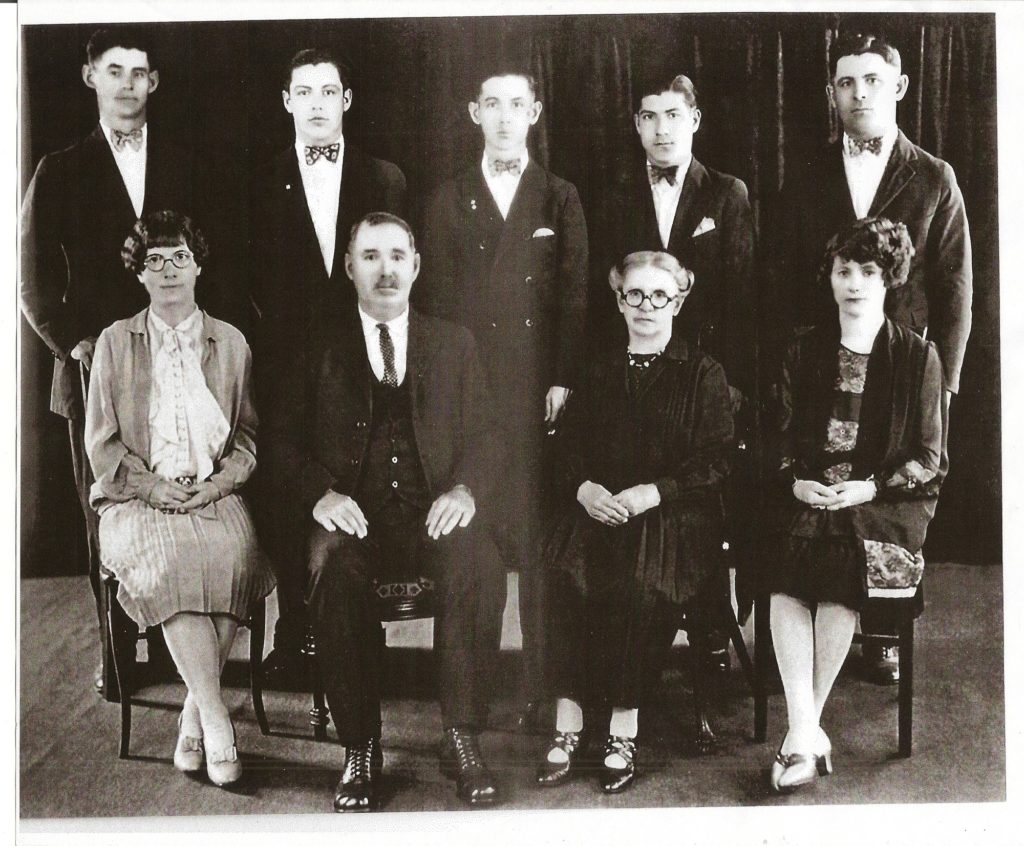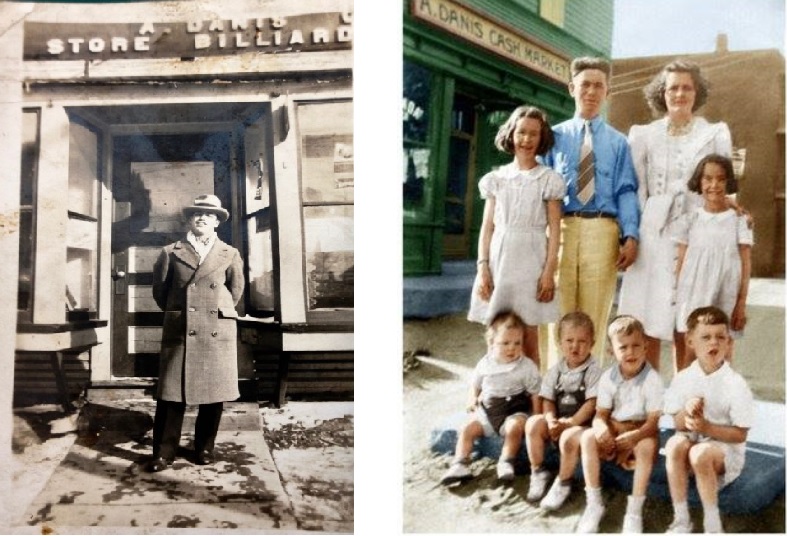 More than a Market
More than a Market
The Template Parlor

A Template Gathering Space
Praesent bibendum ullamcorper libero nec condimentum. Morbi tincidunt eu mi sit amet pulvinar. Phasellus id ex ut risus tempus suscipit. Donec commodo enim id purus bibendum, maximus tempor quam bibendum. Nulla tincidunt purus sed nulla accumsan, vel malesuada lacus posuere. Phasellus molestie risus tristique erat pulvinar venenatis. Praesent sit amet volutpat odio, non interdum risus. Aliquam vel pulvinar odio. Interdum et malesuada fames ac ante ipsum primis in faucibus. Morbi a lectus sed magna tincidunt rutrum. Donec feugiat tempor sapien, nec viverra elit. Duis gravida neque nec ex convallis, finibus condimentum ante hendrerit. Proin odio nisi, facilisis id orci a, aliquam scelerisque neque.
Suspendisse potenti. Etiam placerat tellus sit amet nisi condimentum aliquet eu vitae nulla. Cras vestibulum pellentesque ornare. Aenean at tempus lectus. Quisque non tortor sed erat imperdiet ornare nec in velit. Sed sagittis lorem vel diam aliquet ultricies. Mauris nec vestibulum dolor. Nunc ac orci ac justo pellentesque commodo vel nec est. Aliquam feugiat justo nulla, a sodales leo facilisis id. Maecenas lobortis dui ex, nec porta mi dapibus fermentum. Aenean ut enim sit amet ante ornare suscipit sit amet eget ex.
Danis's Cash Market
A French-Canadian Market at 37 Conger Avenue in the Lakeside Neighborhood of Burlington 1926-1969
Located a stone’s throw from the Lakeside Park, Danis’s Cash Market was the physical and social center of the community. Here neighbors purchased the cuts of meat central to French Canadian cuisine and stocked up on refreshments before heading over to watch baseball games in the park. Over the years, a hall on the second floor served the community as a billiard hall, a school, a church, and a gathering space.

Physically separated from Burlington by railroad tracks and united by a shared language and culture, Lakeside residents formed a tight-knit community. Developed by the Queen City Cotton Company for its workers, the neighborhood included tenement, apartment, and duplex housing, a general store, a nursery, a barbershop, a cobbler, a handful of grocery stores, and a large central park with swings and slides, a baseball diamond, and a hockey rink in winter.

The Danis family’s arrival in Vermont was typical of many French Canadians seeking better job opportunities in the mills. Louis Danis, his wife Victorine, and their eight children arrived in St. Albans by rail from St. David d’Yamaska, Quebec, around 1910. The family settled in Queen City Cotton Company housing in Lakeside, and many worked at the mill over the next few decades.

In 1926 son Arthur Danis opened a grocery store advertising billiards and tobacco at 34 Conger Avenue, moving the business across the street to 37 Conger Avenue in 1937. His younger brother Donat was the meat cutter and bookkeeper for the store. Both men were active in religious and civic organizations and in Democratic politics. Donat served as alderman for Ward 5, advocating for the needs of his community in the south end of Burlington.

Making a Template Visible
Template and the Template ProjectTemplate videos can include content as well. Lorem ipsum dolor sit amet, consectetur adipiscing elit. Ut eget pretium sapien, et laoreet est. Donec in velit sit amet purus tristique ultricies a sit amet turpis. Aenean mollis lorem eget magna imperdiet ultricies.
Template Dumbwaiter
A dumbwaiter was included in the china closet so that food could easily be sent from the kitchen upstairs to the night nursery where the three Eustis children took many of their meals.
Historic Paint Cross Section
Template Uncovering the Original Paint
In order to discover the original paint of the hall, a deep chip was removed from the wall and its cross section examined through a microscope, revealing each layer of paint. In this cross section from the hall, four individual layers of red paint were used to create the original wall treatment, followed by a single layer of modern white paint. The four original paint layers contained hand-ground pigments of various sizes, creating a depth in the color that was more like canvas painting than modern wall painting. As part of the restoration of the Eustis mansion, Historic New England hired specialized decorative painters to recreate the four layers of red in the hallway, restoring it to the original Pompeiian red.
Base layer of red paint.
Second layer of red paint.
Third layer of red paint.
Top layer of red varnish.
Modern white latex paint, now painted over.
to learn more
Template Small Parlor Classical Print
In the nineteenth century famous paintings were often copied as prints and circulated to a mass audience. This is a lithograph after the British artist Lawrence Alma-Tadema’s painting completed in 1885 and now in the collection of the Philadelphia Museum of Art. Alma-Tameda’s career spanned more than sixty years during which he focused almost exclusively on classical scenes like this one, imagining the people and their surroundings in minute detail. It’s the attention to detail that appealed to proponents of the Aesthetic Movement who were deeply concerned with the artfulness of day-to-day objects.
